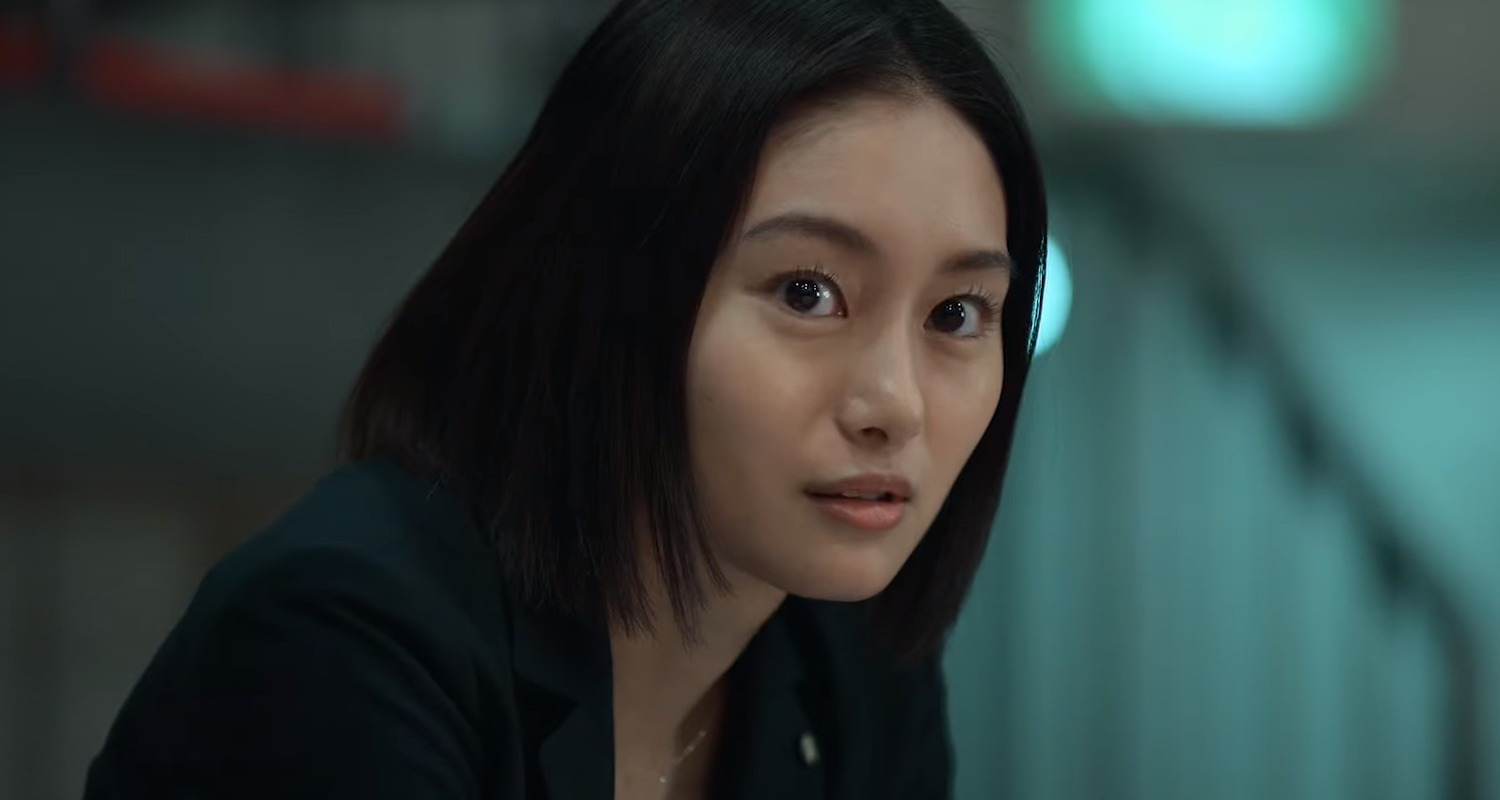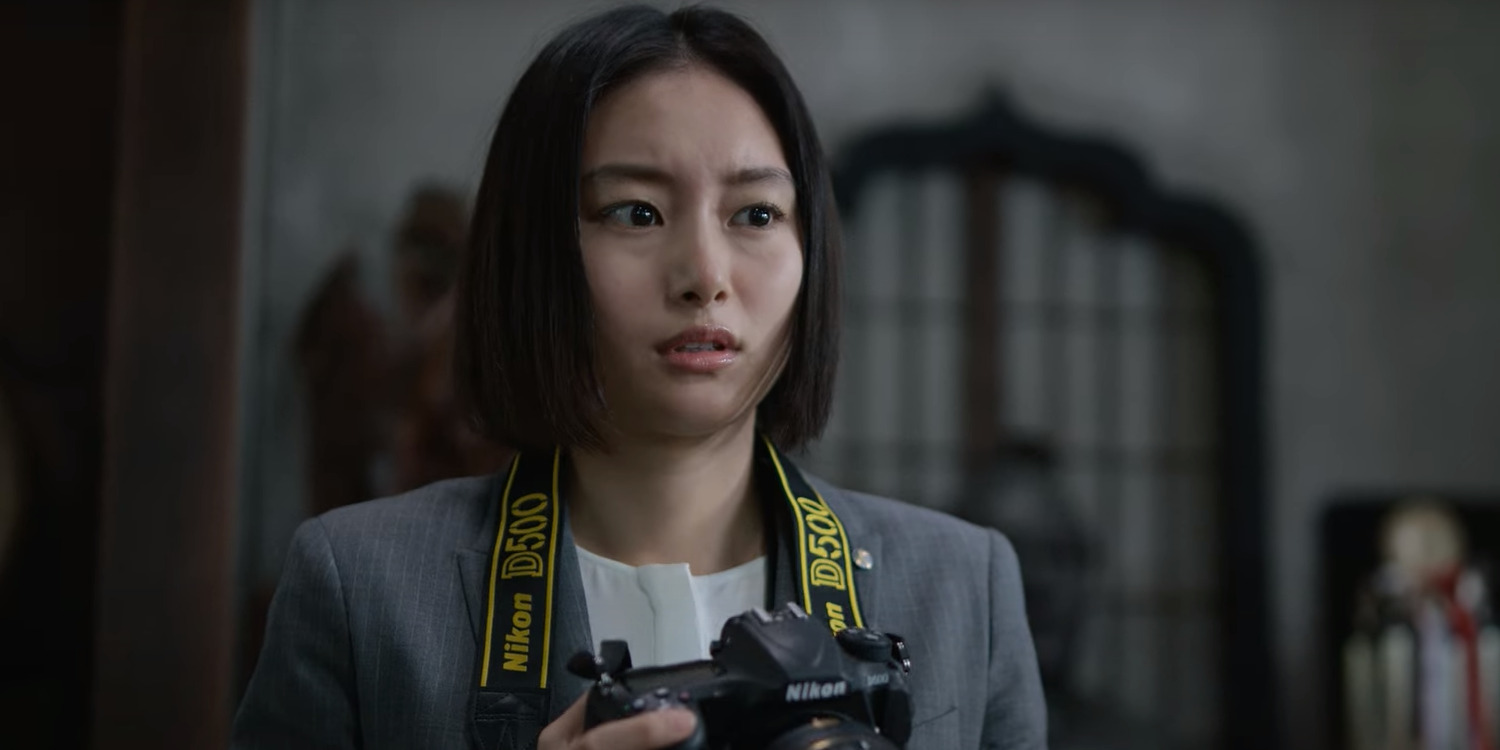Kan Eguchi’s Netflix drama series about Sumo Wrestling, ‘Sanctuary,’ follows the story of a young, brash Sumo Wrestler, Kiyoshi “Enno” Oze, as he builds his career despite resistance from outside forces. The show delves into the ancient Japanese Sumo culture and customs and pitches old traditions against young characters with a modern mindset. In doing so, it tries to bridge the generational gap between Sumo’s orthodoxical institutional practices and the forward-thinking new world. The primary tool ‘Sanctuary’ uses for exploring this aspect of its narrative is Shioli Kutsuna’s character Asuka Kunishima.
Due to the show’s contemporary setting and heavy involvement in the authentic portrayal of Sumo Wrestling culture in Japan, viewers might wonder if there is some correlation between Kunishima and a real-life Sumo reporter. Here is everything you need to know about Kunishima’s characters and her real-life relevance.
Kunishia is Not Inspired by a Real Reporter
No, Asuka Kunishima is not based on a real reporter. Her character is mostly a product of screenwriter Tomoki Kanazawa’s imagination. When we first meet Kunishima, she is entirely disinterested in the World of Sumo. Kunishima has an unshakable moral belief system that acts as her primary drive in her journalism career. She used to work as a political reporter, but after a controversial piece uncovering illegal donations, Kunishima gets demoted from the political department. As such, she finds herself covering stories about the Ensho Stable and wrestlers Enya and Oze.

Kunishima’s open-mindedness as a woman vastly influences her character arc and informs the conflicts she faces throughout the show. The implied affair she has with her boss, who is married and has a kid, forms another significant aspect of her storyline. Though the show does not explore that subplot in-depth, its after-effects gravely influence Kunishima’s career. Similarly, Kunishima repeatedly faces some prejudice from her coworkers, who consider her no-nonsense attitude to be a nuisance.
In Japan, women face heavy discrimination compared to their male counterparts. According to the International Monetary Fund, Japan had the second-largest gender wage gap of 24.5% in 2018 in the Organisation for Economic Co-operation and Development (OECD). A partial contributor to the disparity between men’s and women’s wages is the tendency to hire women only as “non-regular” workers. Regardless, even women who are employed as full-time workers still face daunting wage gaps in their workplace.
As a result, the underrepresentation of women in offices and major industries directly affects their experiences. The lack of women in authoritative or managerial positions allows companies to discriminate against their female employees. The same thing happens to Kunishima in ‘Sanctuary.’ Her boss greenlights her controversial articles, but Kunishima alone faces the consequences for the backlash that the article garners. Many women, especially those from the workforce in countries struggling with gender equality, might be able to relate to Kunishima’s professional struggles.
Kunishima’s corporate storyline aside, her job as a Sumo reporter constituents a significant portion of her storyline. The primary character development Kunishima undergoes in the series is her changed perception of Sumo as a sport. At first, Kunishima is horrified by the violence and bullying she witnesses in Ensho’s Stable. However, eventually, she comes to appreciate the honor and respect that goes into the sport of Sumo and starts genuinely caring about Oze’s career as a Sumo Wrestler.
Her profession as a Sumo Reporter is an age-old profession with a rich history behind it. Sumo is a grand sport in Japan and receives a corresponding fanfare. Reporters cover the sport year-round and often visit Stables to oversee Wrestler’s training and craft articles on them accordingly. Likewise, in Tournaments, Reporters are assigned specific seating within the Arena, as depicted in ‘Sanctuary.’
Ultimately, much of Kunishima’s character is founded on real-life experiences of Japanese working women. While her career as a Sumo Reporter is mostly left unexplored and receives a rushed development, the cultural details of her profession have a basis in reality. Nevertheless, her character has no connections to a real-life reporter.


You must be logged in to post a comment.